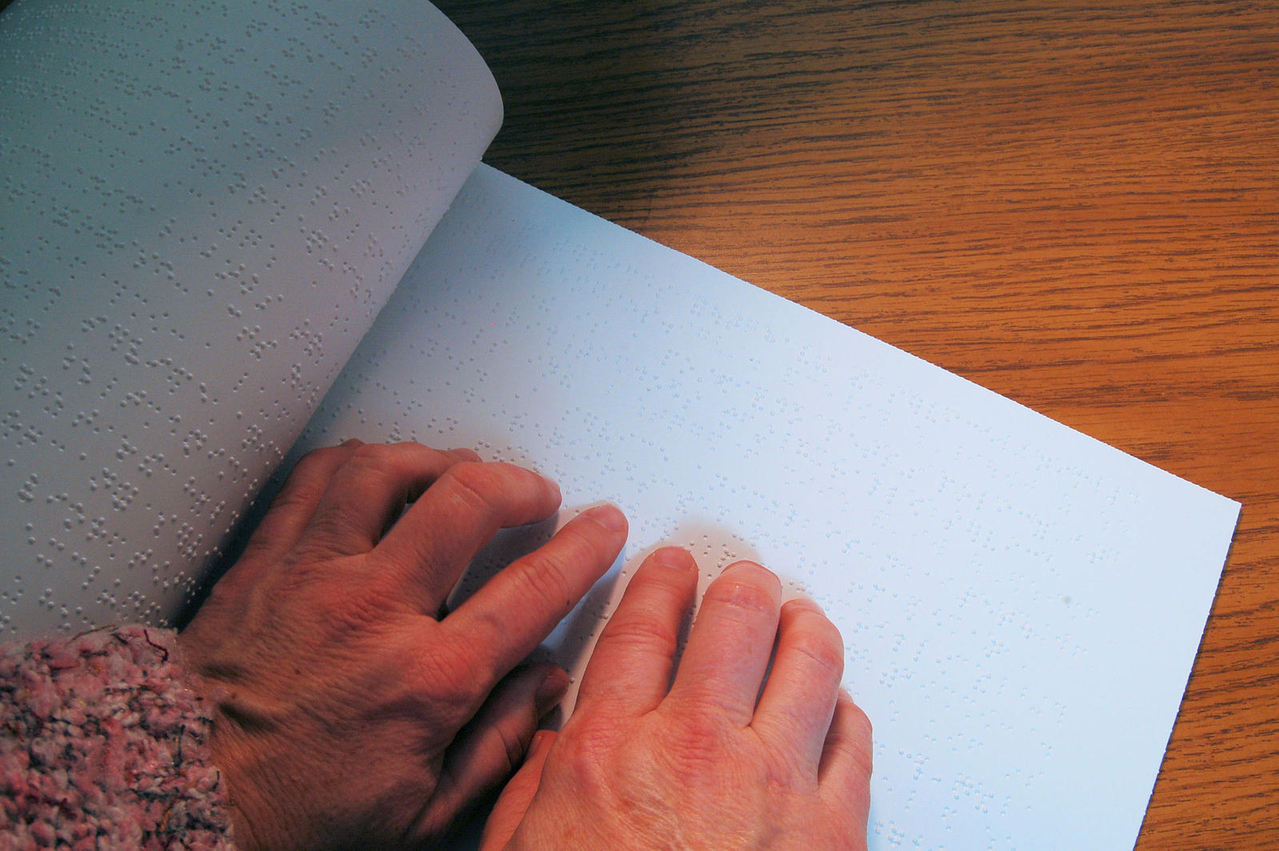The Braille Nature Trail & Sensory Garden Directory

According to the World Health Organization, about 285 million people adults and children worldwide are blind or visually impaired. Navigating the outdoors is challenging for the visually impaired, and Braille trails and Sensory Gardens offer sustainable opportunities for increased mobility and access to nature.
Nature for All has launched a new website to bring outdoor experiences to the blind and visually impaired. This website provides locations and information about Braille nature trails and sensory gardens for the visually impaired and those with other physical disabilities in the United States and around the world. In this directory there are over 165 Braille trails and sensory gardens in 28 countries worldwide, including 91 trails in 31 U.S. states and Puerto Rico.
Information is also provided on the importance of connecting those with disabilities to the outdoors, the history of Braille nature trails, and links to other outdoor resources for the blind and visually impaired.
A Braille Nature Trail is a nature trail with Braille informational signs and physical aides that allow the visually impaired to experience the trail unassisted. Braille trails usually include a guide rope for the visually impaired to hold and follow along the path with markers for Braille informational signs. Some trails have tactile walkways to provide direction, others have audio components such as guided audio tours or smartphone access, and many are wheelchair accessible
A sensory garden is designed to provide tactile experiences through the use of specific plants in a specially designed layout to create opportunities and accommodations for the visually impaired and others with disabilities to enjoy the touch, sound and smells of the outdoors.
Sensory gardens usually have Braille informational signs and aromatic plants to touch and smell, and can also have audio features, guide ropes or rails, raised garden beds, and tactile pathways for the visually impaired to utilize to walk along the paths unassisted. Many sensory gardens are also wheelchair accessible.
To learn more about this great project visit their website at http://www.naturefortheblind.com/

